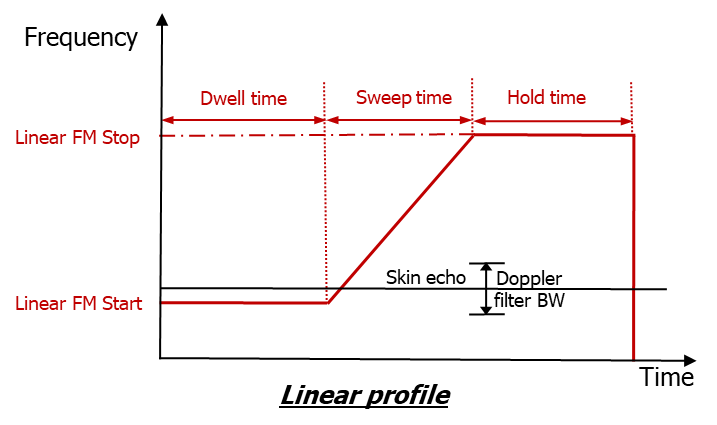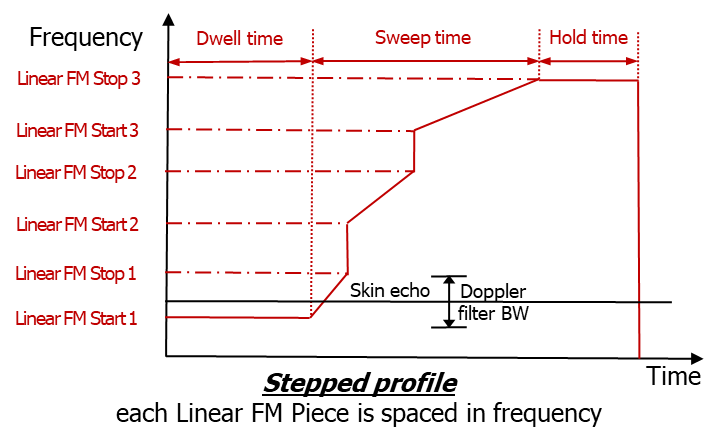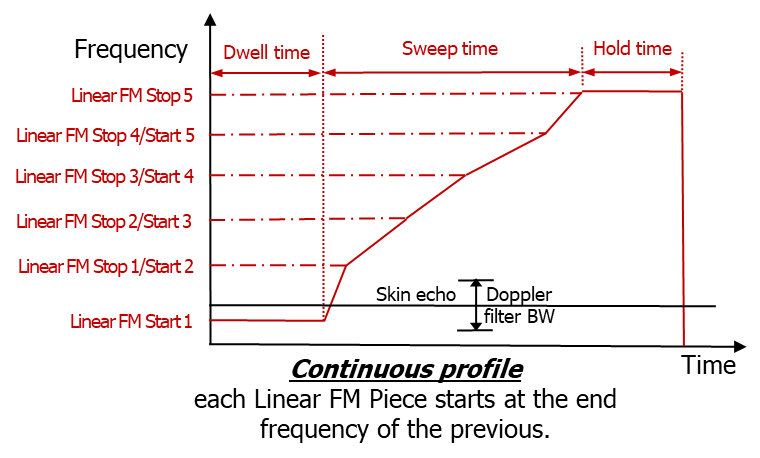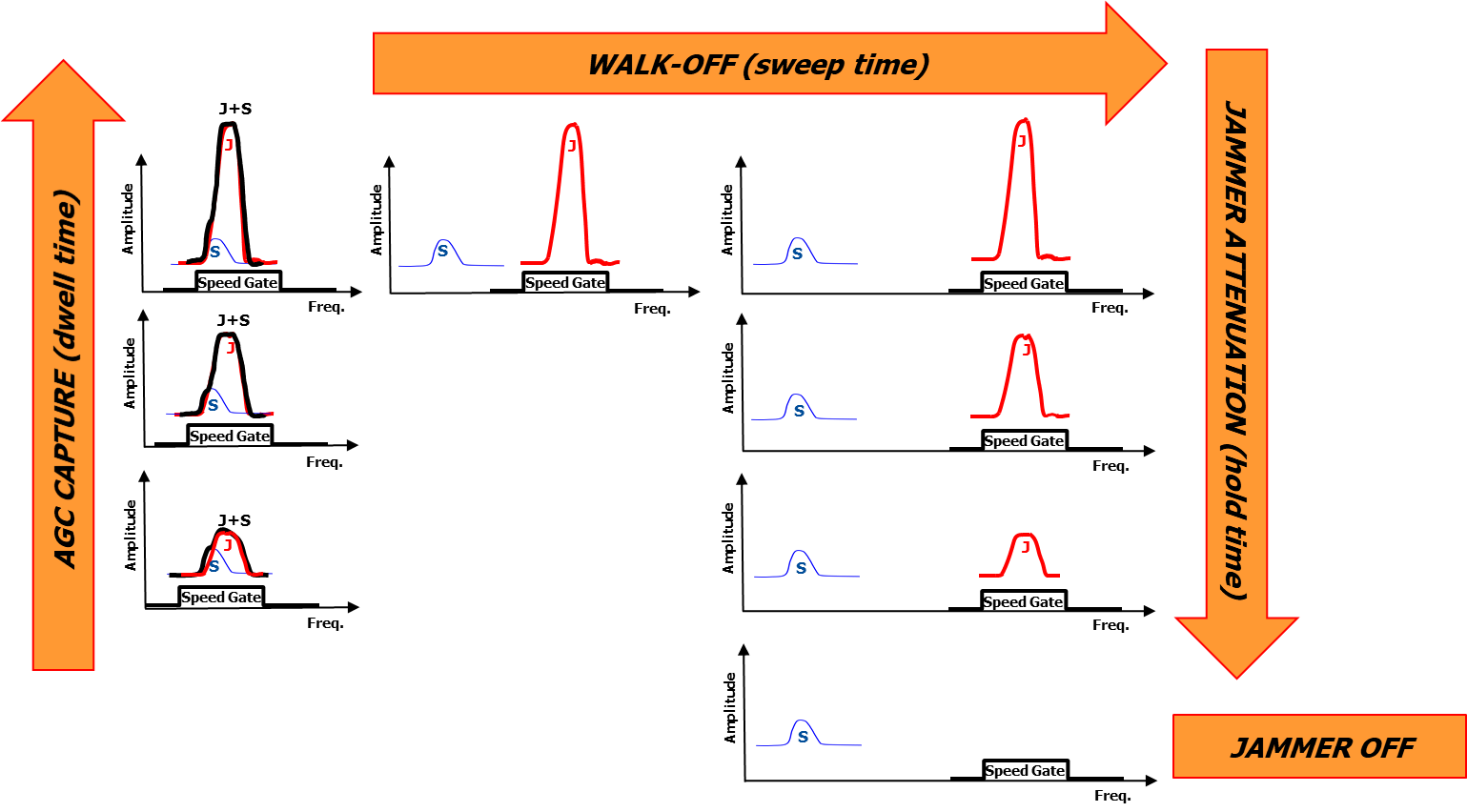Velocity Gate Pull-Off
The signal received in a coherent radar exhibits a Doppler shift whenever there is a time varying path length between transmitter and receiver.
Many radars employ coherent modes of operation, which allow them to distinguish targets from background clutter based on the relative Doppler shifts.
Generic types include the pulsed Doppler radar, which is used to detect low flying targets in both ground and airborne applications and the CW radar that is used in semi-active missile systems and low flying target acquisition radars.
The significant characteristic of a Doppler radar is the use of a narrowband filter (ranging from 50 Hz to 500 Hz bandwidth) which is matched to the Doppler shifted target spectrum.
In semi-active seekers, the bandwidth of the speed gate (ranging from 500 Hz to 2 KHz) must be sufficient to include Doppler shift deviation caused by acceleration between target and the missile.
Velocity deception (VGPO) is employed by repeating a frequency-shifted replica of the received radar signal: the frequency of the false return is slowly altered to interfere with the true Doppler shift.
This technique operates against coherent radar velocity gates and can set up complex sweep allowing to program time before (Dwell Time), time after (Sweep Time or Walk-Off) and finally the Hold Time:
• Dwell Time: the jammer DRFM detects the signal and generates a repeated signal with a programmed frequency shift to put it within the passband of the Doppler filter containing the target return.
Then the jammer increases the amplitude of the generated signal to capture the filter containing the target, through the radar’s AGC action.

Figure 1: Linear Frequency shift law
• Sweep Time: when the radar AGC is captured the radar locks on to the false Doppler signal and the jammer slowly sweeps the false signal’s frequency more away from the actual Doppler frequency of the target.
This fools the radar into calculating an incorrect Doppler shift for the target.

Figure 2: Stepped Frequency
• Hold Time: when the radar has been led far enough away in frequency, the jammer signal is progressively attenuated and finally is turned off and the radar is left without a target and will need to restart its acquisition process again before it can re-start tracking the actual skin echo.
Figures 1 to 3 represent the technique in time domain with several frequency shift laws (Figure 1: linear, Figure2: stepped,
Figure 3: continuous) and Figure 4 represents the technique in Spectrum domain.

Figure 3: Continuous Frequency
This technique is effective against pulse Doppler radars and continuous-wave radars (such as missile guidance radars) that use Doppler shift as a means to calculate range.

Figure 4: VGPO technique in Spectrum domain
At the end of the deception phase, as an alternative to jammer switch-off, Multiple Doppler False Targets (MDFT) can be generated to prevent or delay target reacquisition.
MDFT are a family of deception techniques implemented adding to the radar frequency stored in DRFM several specific additional phase modulations:
- JMDTF (Jump Multi Doppler False Target)
- FMDTF (Fan Multi Doppler False Target)
- SMDTF (Swept Multi Doppler False Target)
- SFMDTF (Swept Fan Multi Doppler False Target).







